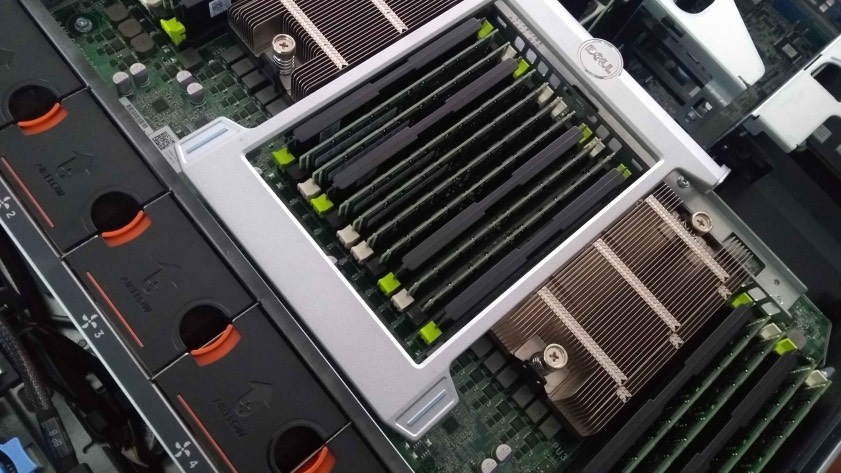
Printed Circuit Boards (PCBs) form the backbone of various medical devices, facilitating critical functionalities in diagnostics, monitoring, and treatment. Designing PCBs for medical devices entails stringent compliance requirements, unique challenges, and ongoing innovations to ensure reliability, safety, and regulatory adherence.
Compliance with stringent regulatory standards, such as ISO 13485 and IEC 60601, is paramount in medical device PCB design. These standards ensure the quality, reliability, and safety of electronic components used in medical devices. Meeting these compliance requirements necessitates thorough documentation, rigorous testing, and adherence to specific design and manufacturing protocols.
One of the primary challenges in medical device PCBs is ensuring reliability in demanding environments. Medical devices often operate in stringent conditions, including sterilization processes, high humidity, and temperature variations. PCB materials and components must withstand these conditions without compromising performance or safety.
The miniaturization trend poses both challenges and opportunities in medical device PCB design. Shrinking PCB sizes enable more portable and wearable medical devices, enhancing patient comfort and mobility. However, miniaturization increases complexity and thermal management concerns, requiring innovative solutions to maintain performance and reliability.
Innovations in materials and manufacturing techniques drive advancements in medical device PCBs. Biocompatible materials, such as specialized coatings or specific substrates, ensure compatibility with the human body and mitigate potential allergic reactions or adverse interactions. Advanced manufacturing processes, including additive manufacturing and flexible electronics, enable the production of customized, flexible PCBs tailored to unique medical device requirements.
Furthermore, cybersecurity in medical device PCBs is a growing concern. Ensuring data security and protection against potential cyber threats is crucial, especially in devices connected to networks or the internet. Implementing robust encryption, authentication, and secure communication protocols safeguards patient data and device functionalities.
The evolution of PCBs for medical devices continues to foster groundbreaking innovations. Wearable biosensors, remote patient monitoring systems, and implantable medical devices benefit from these advancements, revolutionizing healthcare delivery and patient outcomes.
In summary, the design, development, and manufacturing of PCBs for medical devices require meticulous attention to compliance, addressing challenges, and embracing innovations. These efforts collectively ensure the reliability, safety, and effectiveness of medical devices essential for patient care.